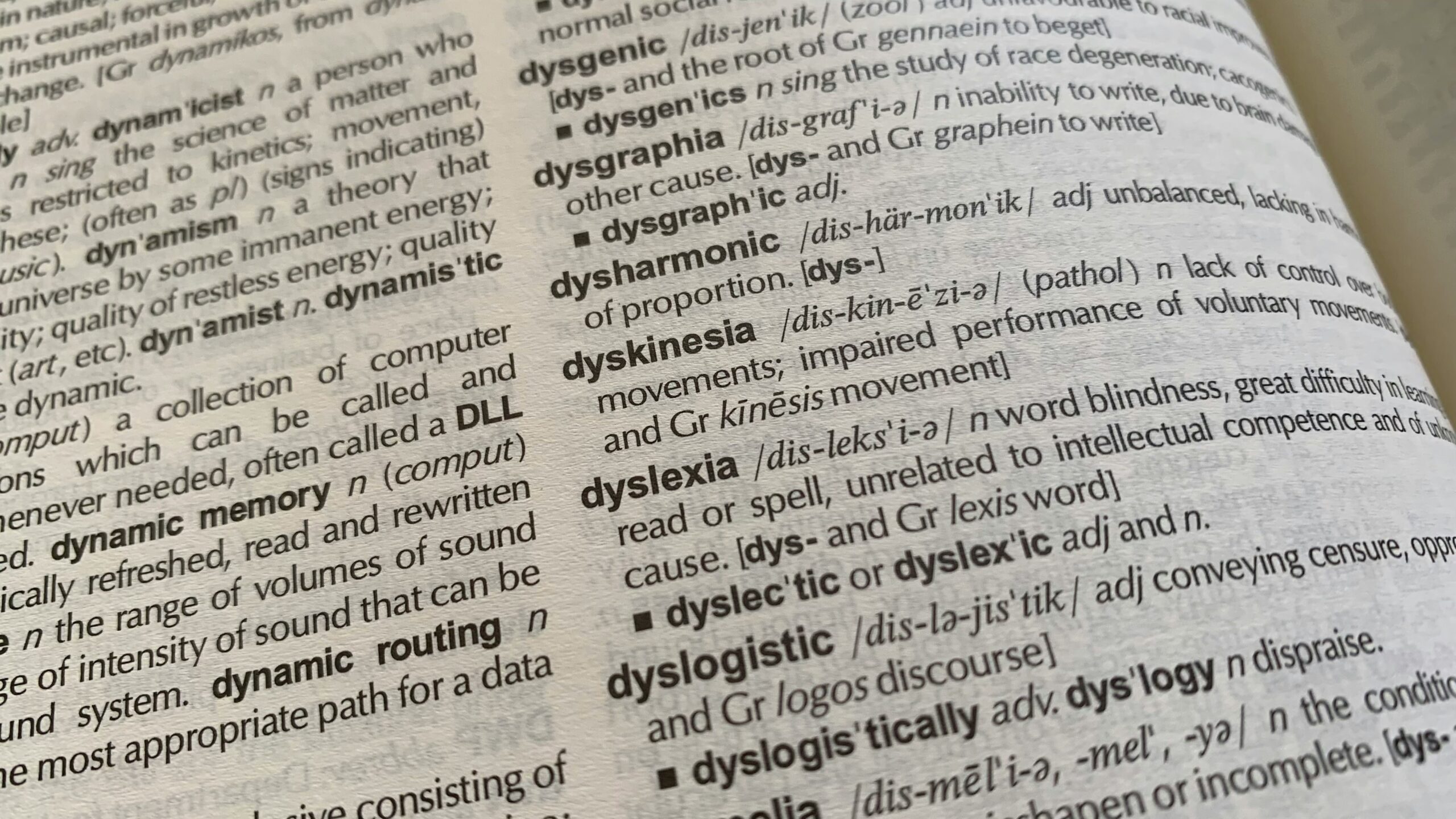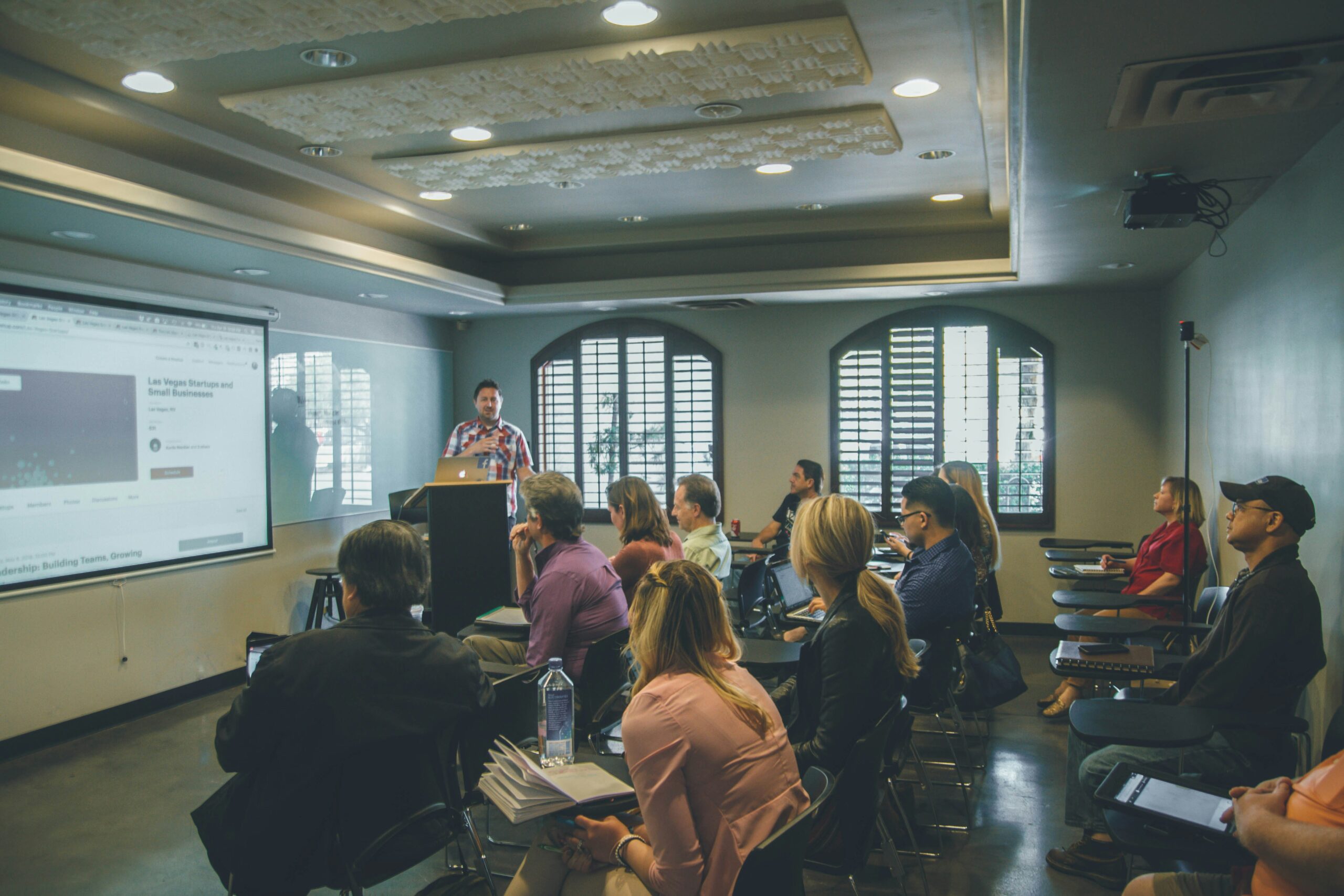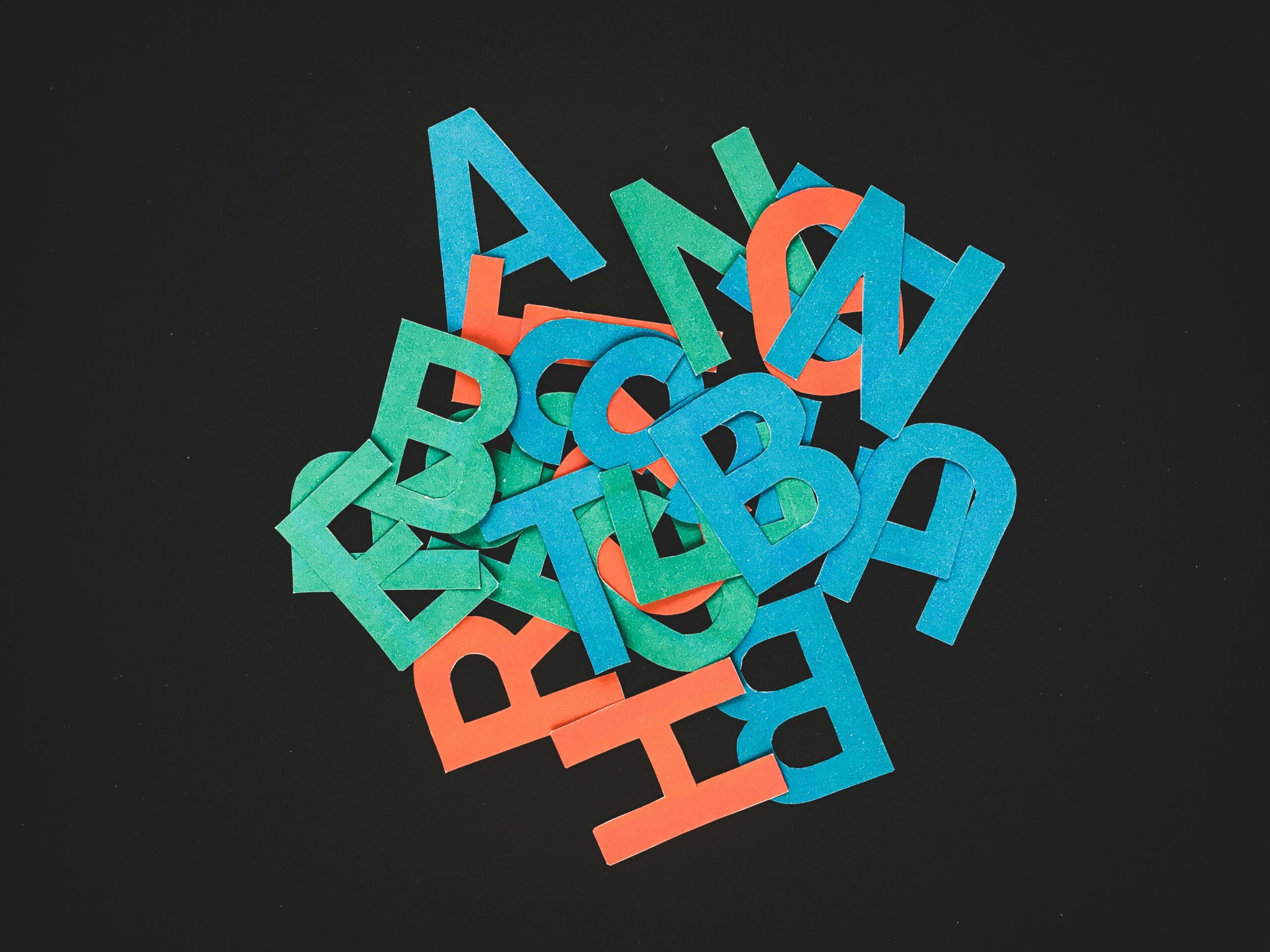What is Dyslexia?
Definition of Dyslexia
According to the Yale Center for Dyslexia and Creativity, Dyslexia is an unexpected difficulty in reading in an individual who has the intelligence to be a much better reader.
Another way to see Dyslexia is as a specific learning disorder characterized by difficulties with accurate or fluent word distinction and spelling and decoding abilities. These difficulties typically result from a difference in the phonological component of language.
💡Dyslexia is NOT a weakness, and several successful artists, creators, entrepreneurs, and other figures are #lexicminds.
Types of Dyslexia
There is more than one type of Dyslexia. And, even then, all dyslexic individuals may not experience it in the same manner.
The recognized types of Dyslexia are categorized as follows:
- Phonological Dyslexia:
It is a difference in the ability to process the sound structure of language, leading to difficulties with phoneme awareness (the ability to identify and manipulate individual sounds in spoken words), phoneme manipulation (the ability to substitute, delete, or change the sounds in our words), and letter-sound correspondence. - Surface Dyslexia:
This is probably the most popular type of Dyslexia. It is a difficulty for recognizing familiar words by sight, even for common words. To say, when a person confuses words like cat and cut. - Rapid Naming Dyslexia:
It is a difference in the speed and efficiency of recalling verbal labels from long-term memory, which impacts fluent reading. - Double Deficit Dyslexia:
A combination of two types of Dyslexia such as phonological deficits and rapid naming. It leads to reading and spelling difficulties.

Characteristics of Dyslexia
As we have previously shared, Dyslexia may manifest differently for each person. Moreover, the characteristics are not merely based on difficulties, and individuals with this difference possess extraordinary strengths making them ideal candidates for certain job positions, hobbies, and talents.
Here are some of the most evident characteristics. Do you have any of these?
1. Difficulty with Reading and Spelling:
Struggles with accurate and fluent word recognition, spelling, and encoding words
2. Strengths in Visual-Spatial Thinking:
An exhibition of strengths in visual-spatial reasoning, creative problem-solving, and innovative thinking
3. Challenges with Phonological Awareness:
Difficulty in the ability to recognize, manipulate, and utilize the sound structure of language
4. Strengths in Verbal Expression and Conceptual Understanding:
Dyslexic individuals often excel in storytelling with an ability to grasp complex concepts and ideas
5. Impact on Other Academic Skills:
The reading and language difficulties associated with dyslexia can also impact other academic domains, such as mathematics, writing, and learning a new language
6. Adaptability and Lateral Thinking:
Dyslexic individuals often develop unique problem-solving strategies and the ability to think “outside the box”!
*Remember to get assistance from a professional to verify a potential diagnosis and obtain adequate treatment.

The History of Dyslexia
Early Recognition and Understanding of Dyslexia
Did you know that the concept of Dyslexia has been recognized for only over a century? However, there are early descriptions of children exhibiting difficulties with reading and spelling dating back to the late 19th century.
🤓 It was not until 1896 that the German ophthalmologist Rudolf Berlin coined the term “Dyslexia” to describe a specific type of reading disorder.
Pioneering Research and Contributions
Everything we know about Dyslexia would not be accessible if it were not for the outstanding figures collaborating in research. Two examples are:
Samuel Orton:
An American neuropsychiatrist who, in the 1920s, identified the neurological basis of Dyslexia and advocated for specialized educational approaches.
John Hinshelwood:
A Scottish ophthalmologist who, in the late 19th century, published some of the earliest case studies of individuals with dyslexic-like symptoms.
Key Discoveries and Advancements
The history of Dyslexia is extensive, but here we share with you some key discoveries that illuminate important moments in its timeline.
- Orton’s identification of the phonological processing difficulty as the primary cause of Dyslexia.
- The development of multisensory structured language teaching methods, such as the Orton-Gillingham approach, to support individuals with Dyslexia.
- Advances in neuroimaging and cognitive psychology have deepened our understanding of the neurological and cognitive mechanisms underlying Dyslexia.
Evolution of the Definition and Diagnosis of Dyslexia
The understanding and definition of Dyslexia have also evolved, reflecting advancements in research, changes in educational and clinical practices, and a shift in society’s perspective.
The first definitions focused mainly on reading and spelling difficulties. As you read above, more recent definitions emphasize the neurological basis and specific cognitive traits, such as phonological awareness and rapid naming.
The diagnostic criteria have also been refined toward a more comprehensive assessment of an individual’s cognitive strengths and weaknesses instead of discrepancy-based tests.

Key Tech Dyslexia Advancements Today
Some great news is that when you mix tech and Dyslexia the community gets benefited.
Technological advancements in recent years have significantly improved the identification, support, and accommodation of individuals with Dyslexia. 🥳
Here are some of the most interesting advancements:
1. Specialized software and apps for reading, writing, and language support. Visit our Resource Center here.
2. Text-to-speech and speech-to-text technologies to assist with reading and writing tasks.
3. Advances in neuroimaging and cognitive assessment tools to improve diagnosis and intervention planning.
4. Increased availability of digital resources, including audiobooks and interactive learning materials, to support dyslexic learners.
5. Emerging assistive technologies, such as AI writing assistants and augmented reality tools, to enhance learning and productivity.
These technological innovations have greatly enhanced the educational and professional opportunities for individuals with Dyslexia. Have you used any of them?
Impacts and Challenges of Dyslexia
Awareness is the first step to a more inclusive and assistive world. Below you can find some examples of Dyslexia’s challenges and impacts on the life of members of the neurodivergent community.
Academic Challenges
Individuals with Dyslexia face significant academic challenges with consequences on their educational and professional trajectories.
Effortful Learning:
The cognitive effort required to decode words and process written information can make learning and comprehension significantly more laborious and time-consuming for individuals with Dyslexia.
Missed Learning Opportunities:
Persistent academic struggles can lead to gaps in knowledge and missed opportunities for dyslexic students or professionals.
Lexic Minds aims to empower adult professionals struggling with their careers due to Dyslexia so they can thrive with their uniqueness instead.
Social and Emotional Impacts of Dyslexia
The academic challenges faced by individuals with Dyslexia can also have significant social and emotional consequences, including:
Feelings of Frustration and Low Self-Esteem:
The constant struggle with reading, writing, and academic tasks can lead to feelings of frustration, inadequacy, and low self-confidence, particularly if the condition is not properly identified and supported.
Social Isolation:
Difficulties with communication sometimes result in social withdrawal and feelings of isolation for individuals with Dyslexia.
Anxiety & Mental Health Concerns:
The stress and emotional toll of the academic challenges associated with Dyslexia can increase the risk of developing anxiety, depression, and other mental health issues.
💡 Learn more about how to deal with Dyslexia Frustration here.

Coping Strategies and Adaptations for Dyslexia
The world needs to create accommodations for individuals with Dyslexia to thrive and develop a range of coping strategies and adaptations to overcome the challenges they face, including:
Specialized Interventions and Accommodations:
Access to evidence-based, multisensory instructional approaches, as well as appropriate academic accommodations like assistive tech.
Capitalize on Strengths:
Dyslexics stand out in areas like visual-spatial reasoning, problem-solving, verbal expression, and developing compensatory skills (e.g., strong note-taking, organizational, and study strategies).
Build Resilience & Self-Advocacy:
Developing a growth mindset, cultivating perseverance, and learning to self-advocate empowers individuals with Dyslexia to overcome obstacles and achieve success.
Seeking Social Support and Fostering Meaningful Connections:
Connecting with supportive family, friends, and communities can help mitigate the social and emotional impacts of Dyslexia and provide a sense of belonging.
We hope this article has helped you understand the complexities and good sides of Dyslexia. Find below some points of action to take your New learning to the next level.
Points of Action:
- Encourage early screening and intervention for you or your close ones
- Browse our Product Resources here
- Promote education and awareness about Dyslexia
- Advocate for inclusive and supportive educational policies
Key Takeaways:
- Dyslexia is a complex and well-understood learning difference characterized by both difficulties and strengths
- The history of Dyslexia is not as extensive as other disorders, making diagnosis and techniques new to the previous century.
- The support of tech has helped clinical research and treatment evolve.
- Individuals with Dyslexia face unique challenges, but with appropriate support, they can thrive.
- Ongoing efforts to raise awareness and provide effective interventions are crucial for empowering individuals with Dyslexia.
Sources:
The Yale Center for Dyslexia and Creativity
Judy Duchan’s History of Speech
Disclaimer: This is not medical advice. Please consult with a licensed professional when in doubt. Lexicminds is not liable for actions taken from this page.







